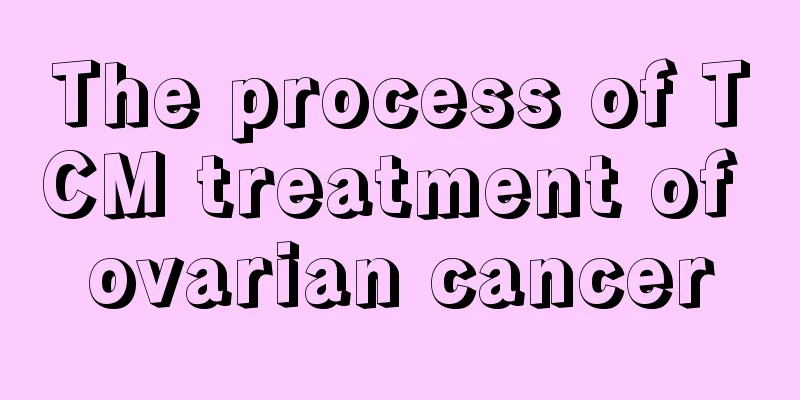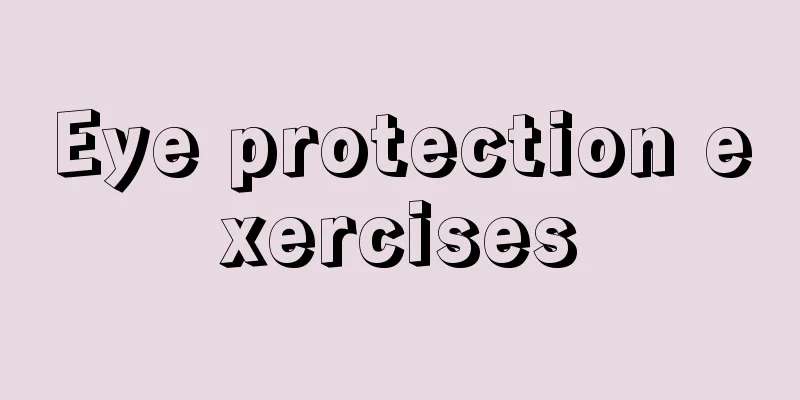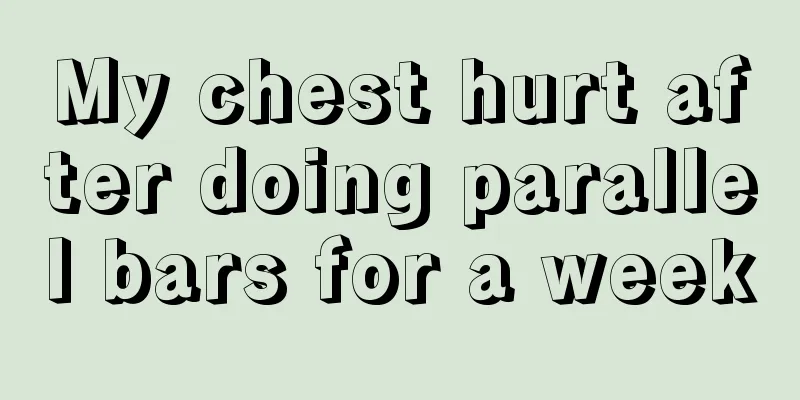Is cardiac angiography harmful to the body?

|
Cardiac angiography is a method used to check for heart disease. This examination mainly refers to cardiovascular angiography, which involves intervention at the wrist or inner thigh of the human body, inserting a thin catheter into the aorta, and then passing contrast agents to check the contrast agent flowing in the blood vessels. This is a very mature examination method, but many people are still afraid that this type of cardiac angiography may cause certain harm to the body. 1. Impact 1. The examination is invasive and requires puncturing the radial artery at the wrist and inserting a catheter, which may cause occlusion of this blood vessel. However, the forearm has two blood vessels supplying blood, so there will be no sequelae except that Chinese medicine cannot take the pulse. 2. There are radiation. The X-ray dose of a standard angiography is about 300 chest X-rays, but much less than CT (several thousand chest X-rays). 3. Contrast agents may have an impact on the kidneys. Contrast agents are used during the examination and need to be excreted through the kidneys. This may increase the burden on the kidneys, but the effects are mostly short-term and reversible. Drinking more water after surgery can speed up excretion. Second, the danger Cardiac angiography is a relatively mature technology and is generally not dangerous when performed in a hospital that performs this examination. However, there are still some problems due to the shortcomings of the technology. 1. Cardiac angiography itself is not dangerous, but the process of inserting a catheter into the heart through the femoral artery is dangerous and may aggravate the occurrence of atrial fibrillation, and the wound may bleed after the operation. 2. The main purpose of using cardiac angiography is to find the exact location of vascular disease and seek ways to allow blood to pass through and unclog the blood vessels. However, since the blood environment has not improved, there is a certain chance of recurrence. 3. In angiography, when large doses of contrast agents are injected, there are many factors that affect their toxic effects. The risk of poisoning is several times greater with rapid injection than with slow injection. Under certain circumstances, tolerance of the myocardium, brain, spinal cord, or kidneys may be reduced. Physicians should choose appropriate contrast agents based on the patient's specific conditions. 4. Currently, the technology of cardiac angiography has matured, but a very small number of patients may have risks such as allergic reactions, thrombus detachment during surgery, postoperative bleeding, and infection. |
<<: What can gastroradiography detect?
>>: Treatment of Alopecia Areata with Ginger
Recommend
What to do if anal sphincter relaxation occurs? Treatment is the key
The anal sphincter is the muscle at the end of th...
What symptoms does colon cancer usually manifest itself in?
The appearance of colorectal cancer will make man...
What is incomplete mediastinal uterine cancer
Treatment of incomplete uterine septate cancer re...
What are the benefits of fish pedicure
Many people choose to relax in their spare time a...
How to create a half-bun for medium-length hair?
People attach great importance to hairstyle, becau...
Is using a facial steamer good for the skin?
Use a facial steamer on your facial skin. In fact...
Side effects of oral immunoglobulin
Immunoglobulin is a special protein with immune c...
Early symptoms of nasopharyngeal carcinoma
The early symptoms of nasopharyngeal carcinoma ar...
How to distinguish the degree of burns
Accidents are very likely to happen in daily life...
Can skin cancer be inherited?
With the improvement of people's living stand...
How high should the foot bath tub be?
Nowadays, people pay more and more attention to h...
You must know the disadvantages of exposing your ankles in winter!
Nowadays, people often do things that harm their ...
What can borax be used to replace food additives
Borax is not particularly common in our daily lif...
What causes itchy eyes after thread embedding
Many people will feel that their eyes become very...
How to whiten private parts
Most women's private parts are fair and tende...









